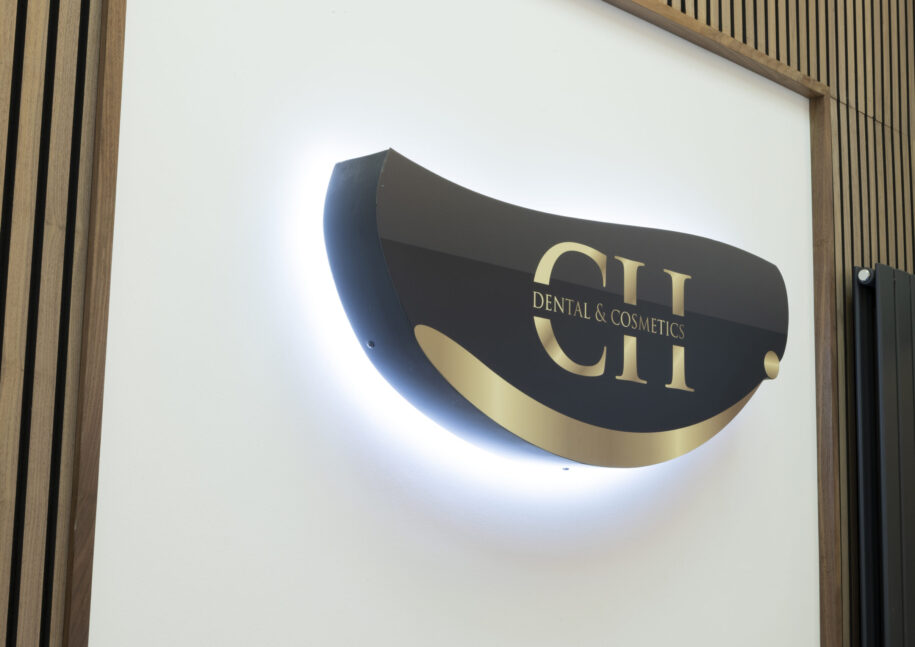How to Avoid Rear Tooth Decay
- Home
- /
- Blog
- /
- Dental Advice
- /
- How to Avoid Rear Tooth Decay
05 July 2023
How to Avoid Rear Tooth Decay

As adults, we are acutely aware of the importance of proper oral care. Adopting the appropriate techniques is the best way to stave off potentially serious long-term issues such as cavities, gingivitis, tooth loss, and periodontal disease.
It is still an unfortunate fact that some areas of the mouth are more prone to developing issues when compared to others.
The rear molars are at great risk — and the chances of cavities forming within this region are quite high?
Why might your rear teeth be at a greater risk of falling victim to decay? What steps can you take to prevent such a scenario from developing? We’ll take some time to examine a handful of general observations before discussing the finer points.
Why Can Cavities Affect Your Rear Teeth?
It can be more difficult to reach your molars when brushing or flossing, so they may be glossed over in favour of more visible sections such as the front teeth or the incisors.
Another interesting point involves how the back teeth form. As they are used for grinding down food, they contain relatively deep ridges and grooves. These teeth are more prone to trap particulate matter — and if the proper brushing techniques are not present, decay can set in.
As chewing common food would be nearly impossible without the presence of these hard-wearing molars, it only stands to reason that they must be protected at all costs.
What are the First Signs of Tooth Decay?
Tooth decay is rather insidious in nature, as it tends to develop over time as opposed to presenting a series of gradually more serious symptoms. By the time that acute pain or discomfort begins to develop, the damage has already been done.
There are still some tell-tale signals that a professional diagnosis may be in order. These include:
- A spontaneous toothache.
- One or more molars that have recently become sensitive.
- Sudden pain during the presence of hot or cold substances.
- Visible imperfections such as stains, holes or pitting.
- Physical discomfort when biting down.
Any of these scenarios should be diagnosed by a dentist, as mild decay can often be treated without requiring more in-depth intervention.
Treatment Options
Let’s now assume that a back tooth has developed a cavity. How will this situation be treated? Assuming that the cavity is superficial, any decayed materials are first removed before a filling is put in place.
The main intention of a filling is to protect the damaged area of the tooth in order to prevent future decay.
There could still be times when a cavity penetrates the enamel and makes its way down to the root of a molar. This is normally accompanied by relatively severe amounts of pain and discomfort.
It may be necessary to perform a root canal. As the term suggests, this procedure involves removing the living root from a tooth. These treatments will help to save the tooth and in some cases, enable you to avoid an entire extraction.
The good news is that modern techniques ensure a virtually pain-free experience and the results are permanent in nature.
Preventative Tips and Tricks
Of course, no one wants to learn that a root canal is a filling is required. This is once again why embracing a proactive approach is the best strategy. Considering the fact that more than one out of every four adults suffers from at least one cavity, it pays to adopt the correct habits well in advance (3).
One practical approach involves spending a significant amount of time focusing on your back teeth when brushing. Make it a point to cover all surfaces and if necessary, purchase a toothbrush with a slightly longer handle. This will allow you to comfortably reach every molar.
It is just as important to floss between each and every tooth. However, this can be a bit tricky when dealing with teeth located in the rear of your mouth.
One method involves using a tool known as a floss pick as opposed to simply wrapping the string around two fingers. Floss picks provide a greater degree of mechanical control and they are also great on-the-go solutions.
A water jet flosser is yet another option to keep in mind and these devices are often used by those who already have sensitive gums.
The Importance of Healthy Diet
Similar to other areas of the mouth, your diet will play an extremely important role. Consuming sugary foods and drinks places you at a much higher risk of developing molar cavities. If you do happen to enjoy these snacks, make it a point to brush and floss immediately after.
Sugars and starches might otherwise become trapped within the grooves of your rear teeth and begin to erode their enamel.
A final lesser-known suggestion involves mechanical wear and tear. We need to keep in mind that the surfaces of your molars are meant to break up all types of foods.
Still, there are limits in regard to the actions that they are capable of performing. Avoid hard candies and chewing on ice, as these can cause chips or cracks (perfect environments for bacteria to subsequently accumulate). The same holds true in terms of stick substances such as caramel; the sugars may adhere to your teeth and be quite difficult to remove.
Timely Dental Visits
Even if you are convinced that your teeth are completely healthy, it is still crucial to schedule an appointment with your dentist at least once every six months. He or she will be able to detect even the smallest of problems that might not be caught by the naked eye.
As we are only provided with one set of molars, it only makes sense to ensure their health by following the suggestions outlined above.
Sources:
Get in touch
Categories
- Adult Braces
- Children's Dental Health
- Clear Aligners
- Composite
- Composite Veneers
- Cosmetic Dentistry
- Cosmetic Procedures
- Dental Advice
- Dental Anxiety
- Dental Bridges
- Dental Health
- Dental Hygiene
- Dental Implants
- Dental Insurance
- Dentures
- Research
- Gentle Dentistry
- Implants
- Invisalign
- News
- Oral Health
- Oral Hygiene
- Orthodontic Treatments
- Pain Free Dentistry
- Phobia
- Practice News
- Smile Makeovers
- Stain Removal
- Technology
- Teeth Straightening
- Teeth Whitening
- Treatment Offers
- Treatment Packages
- Veeners
- Your Dentist
Treatments
Taking your smile in a positive direction
When it comes to a friendly, caring, and professional dentist in Cheadle Hulme, you won’t find better than Cheadle Hulme Dental and Cosmetics. Why not book an appointment by contacting us directly at 0161 486 0743? We look forward to welcoming you.








